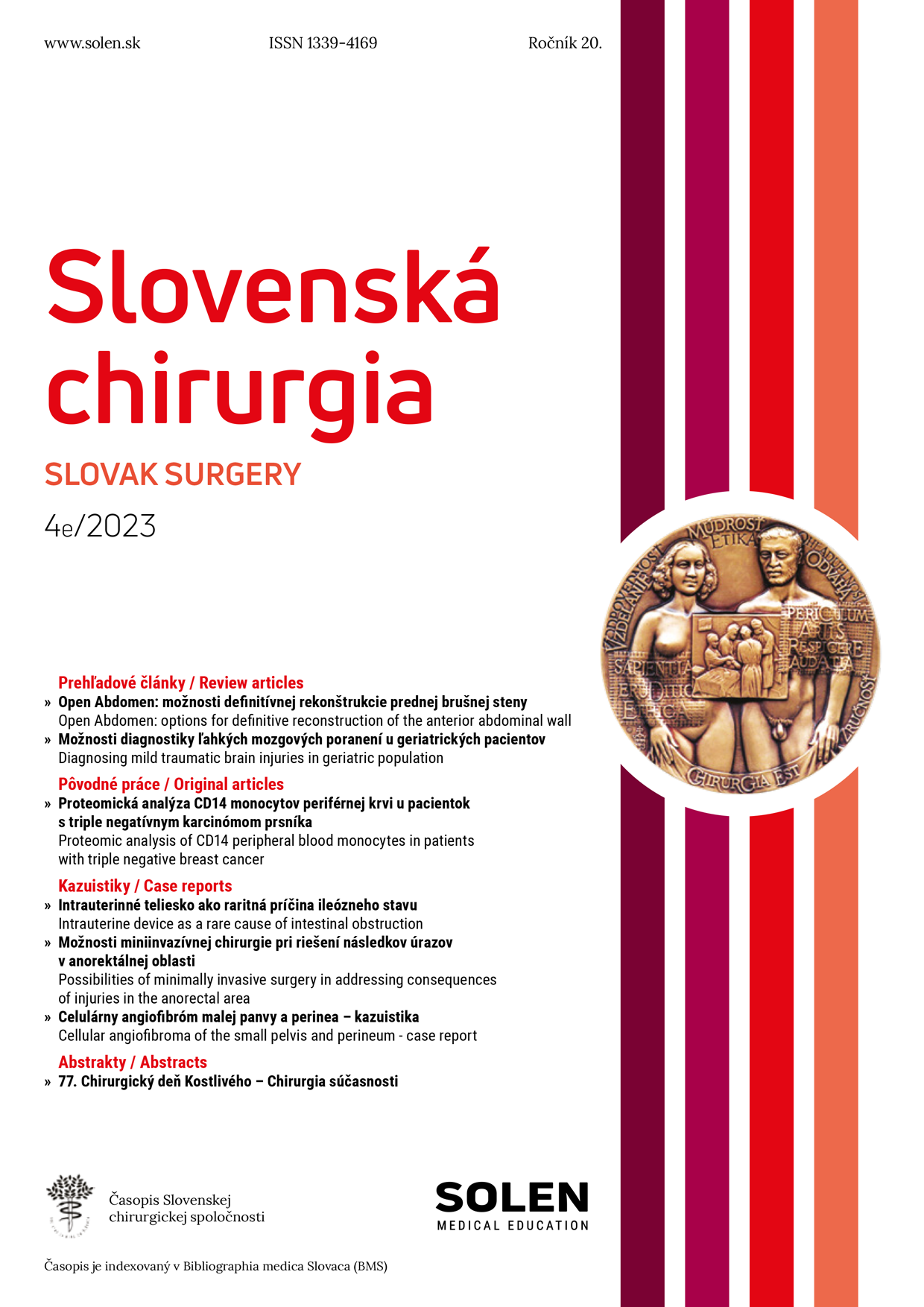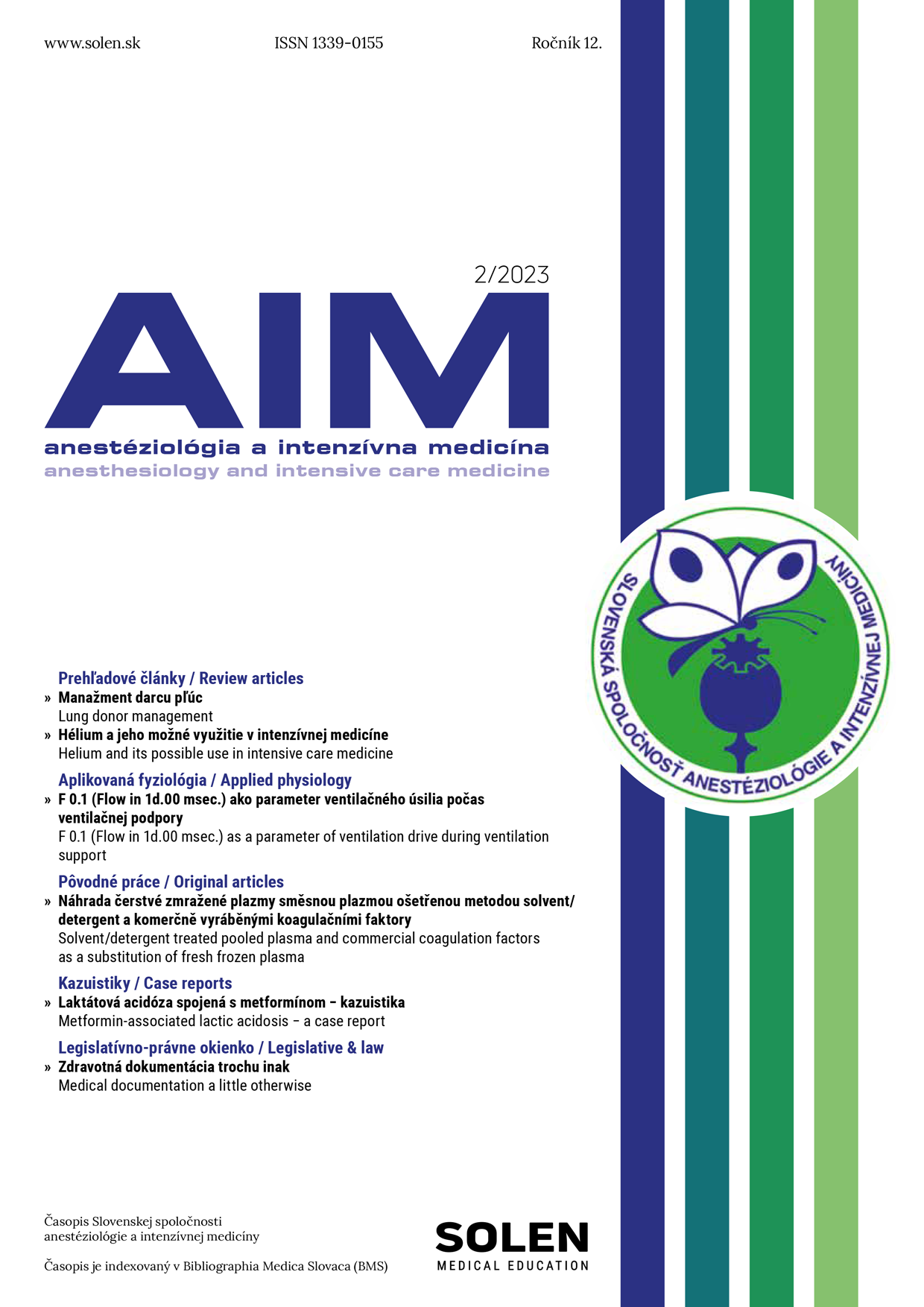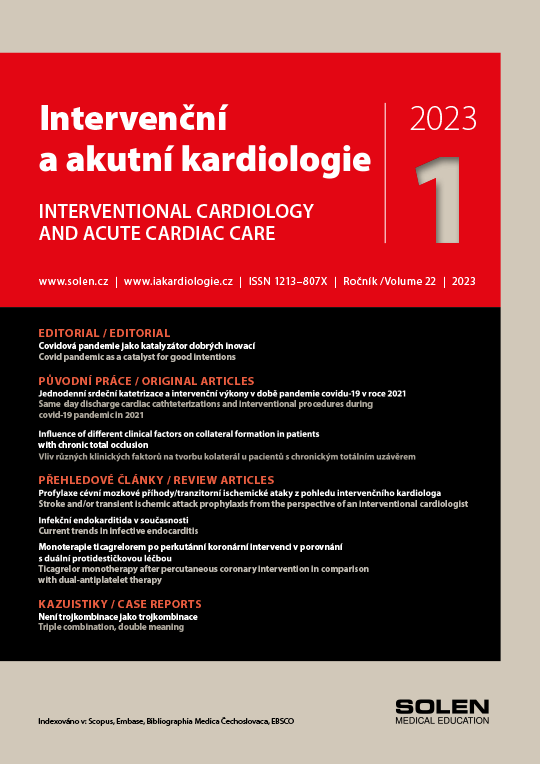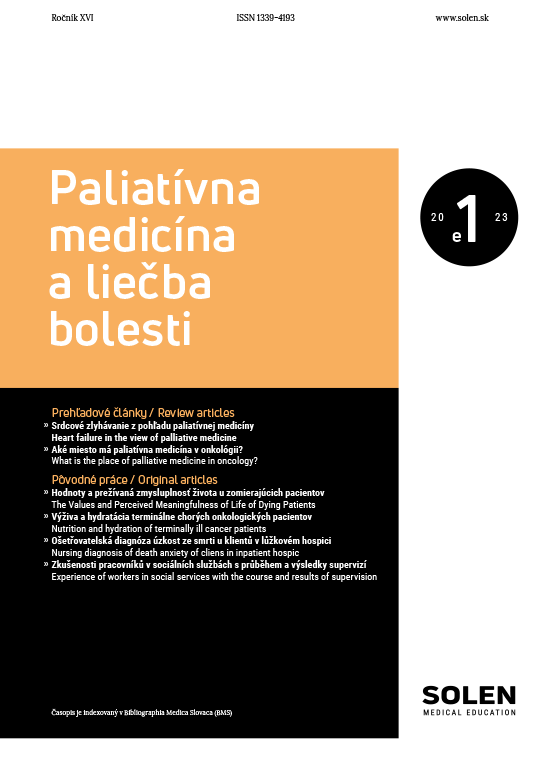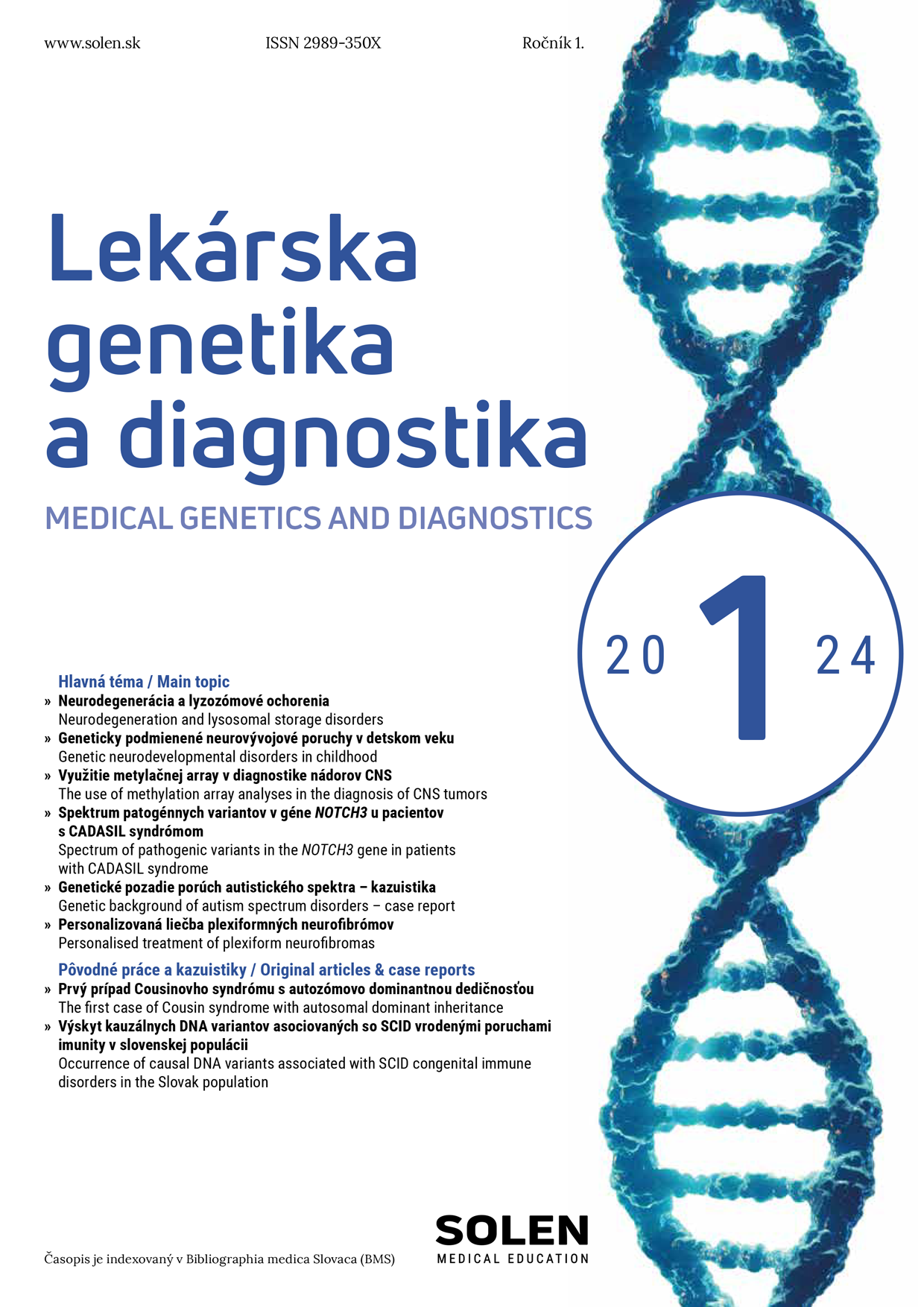Via practica 2/2020
Odporúčania pohybovej aktivity v manažmente pacienta s obezitou a diabetom 2. typu – 2. časť Preskripcia pohybovej aktivity: odporúčania pre prax
Doc. MUDr. Barbara Ukropcová, PhD., Mgr. Jozef Ukropec, DrSc., prof. MUDr. Dušan Hamar, PhD.
Nedostatok pohybovej aktivity, typický pre dnešný životný štýl, sa spája s akumuláciou viscerálneho tukového tkaniva a so stratou svalovej hmoty, ktoré akcelerujú systémové poruchy energetického metabolizmu vrátane metabolizmu glukózy. Dôsledkom nedostatku pohybu je nízka telesná zdatnosť, ktorá spolu s príjmom energeticky bohatej a nutrične nevyváženej stravy prispieva k pandemickému rastu prevalencie obezity a diabetu 2. typu. Porucha energetického metabolizmu však súvisí nielen so vznikom metabolických ochorení, ale prispieva aj k rozvoju kardiovaskulárnych, neurodegeneratívnych či onkologických ochorení. Nedostatok pohybovej aktivity sa preto považuje za jeden z kľúčových modifikovateľných faktorov životného štýlu, ktorý zvyšuje riziko morbidity a mortality. Mnohé klinické štúdie poukazujú na efektivitu komplexnej modifikácie životného štýlu v prevencii progresie prediabetu do diabetu 2. typu, ako aj na dlhodobú udržateľnosť pozitívnych zmien a dokonca aj na možnú remisiu diabetu 2. typu vo včasných fázach ochorenia. Dostatočná dávka a intenzita pohybovej aktivity môže pozitívne ovplyvniť aj komorbidity a chronické komplikácie diabetu. Odporúčania a preskripcia individualizovaných programov pohybovej aktivity sú preto veľmi dôležitou súčasťou manažmentu obézneho pacienta s prediabetom alebo diabetom 2. typu.
Kľúčové slová: odporúčania a preskripcia pohybovej aktivity, obezita, diabetes 2. typu, sarkopénia, energetický metabolizmus, metabolizmus glukózy
Physical activity recommendations in the management of patients with obesity and type 2. diabetes
A lack of physical activity that characterizes lifestyle of modern society leads to increased visceral adiposity and sarcopenia, which accelerate dysfunction of systemic energy metabolism, including glucose metabolism. Low physical fitness and increased intake of energetically dense and nutritionally unbalanced food determine pandemic proportions of obesity, prediabetes and type 2 diabetes. Metabolic dysfunction plays a key role in the pathogenesis of type 2 diabetes, but it also substantially contributes to the prevalence of many other chronic noncommunicable diseases, including cardiovascular, neurodegenerative or oncologic diseases. Physical inactivity has been identified as one of the key modifiable lifestyle factors with the profound effect on global morbidity and mortality. On the other hand, ample evidence points at beneficial effects of regular exercise on the parameters of energy metabolism, muscle strength and cardiorespiratory fitness. Large scale intervention trials provide evidence on the effectivity of a complex lifestyle modification in prevention of type 2 diabetes, on the long-term sustainability of the elicited health benefits in individuals complying with the long-term intervention programs and even on type 2 diabetes remission in the early phases of disease. The aim of our work is to point at an important role of regular exercise in the prevention and treatment of individuals with obesity and type 2 diabetes and to present the evidence that the adequate dose of physical activity can influence the whole spectrum of comorbidities and chronic diabetes complications, including atherosclerosis or cognitive dysfunction, in parallel with improving metabolism. Thus, introduction of the recommendations and endorsement of the prescription of the individualized physical activity programs represent one of the cornerstones in the management of patients with obesity, prediabetes or type 2 diabetes.
Keywords: physical activity recommendation and prescription, obesity, type 2 diabetes, sarcopenia, energy & glucose metabolism


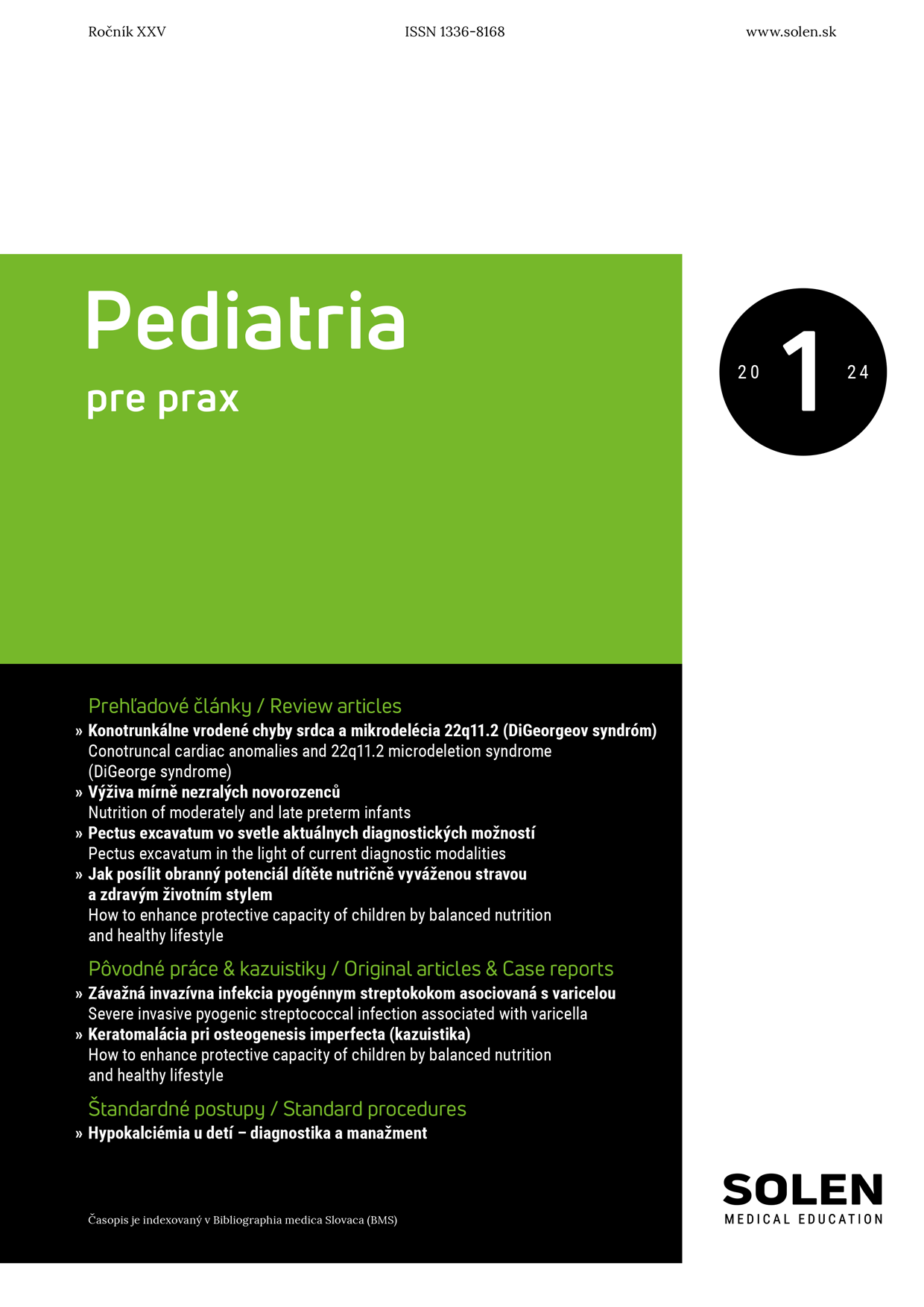
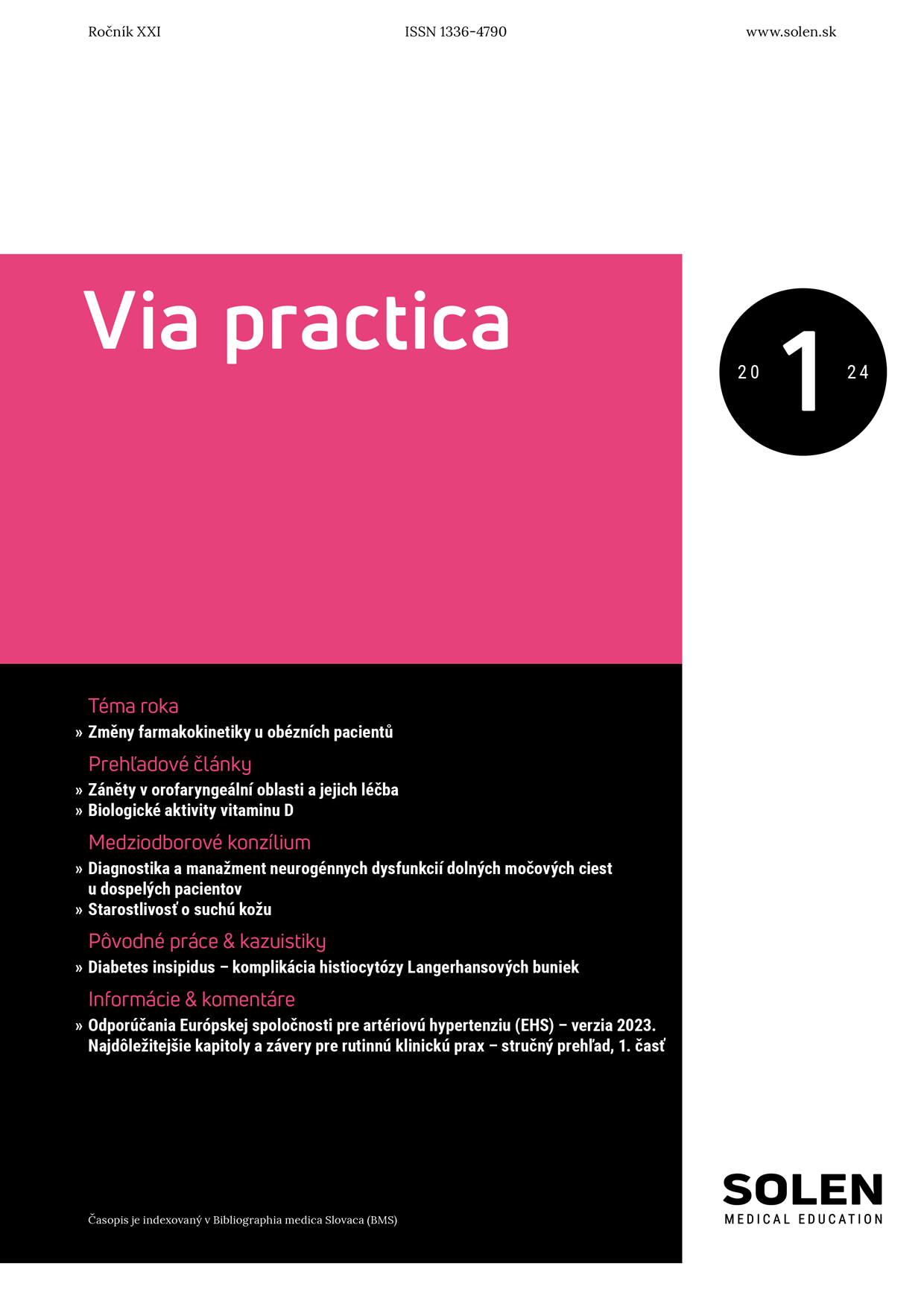
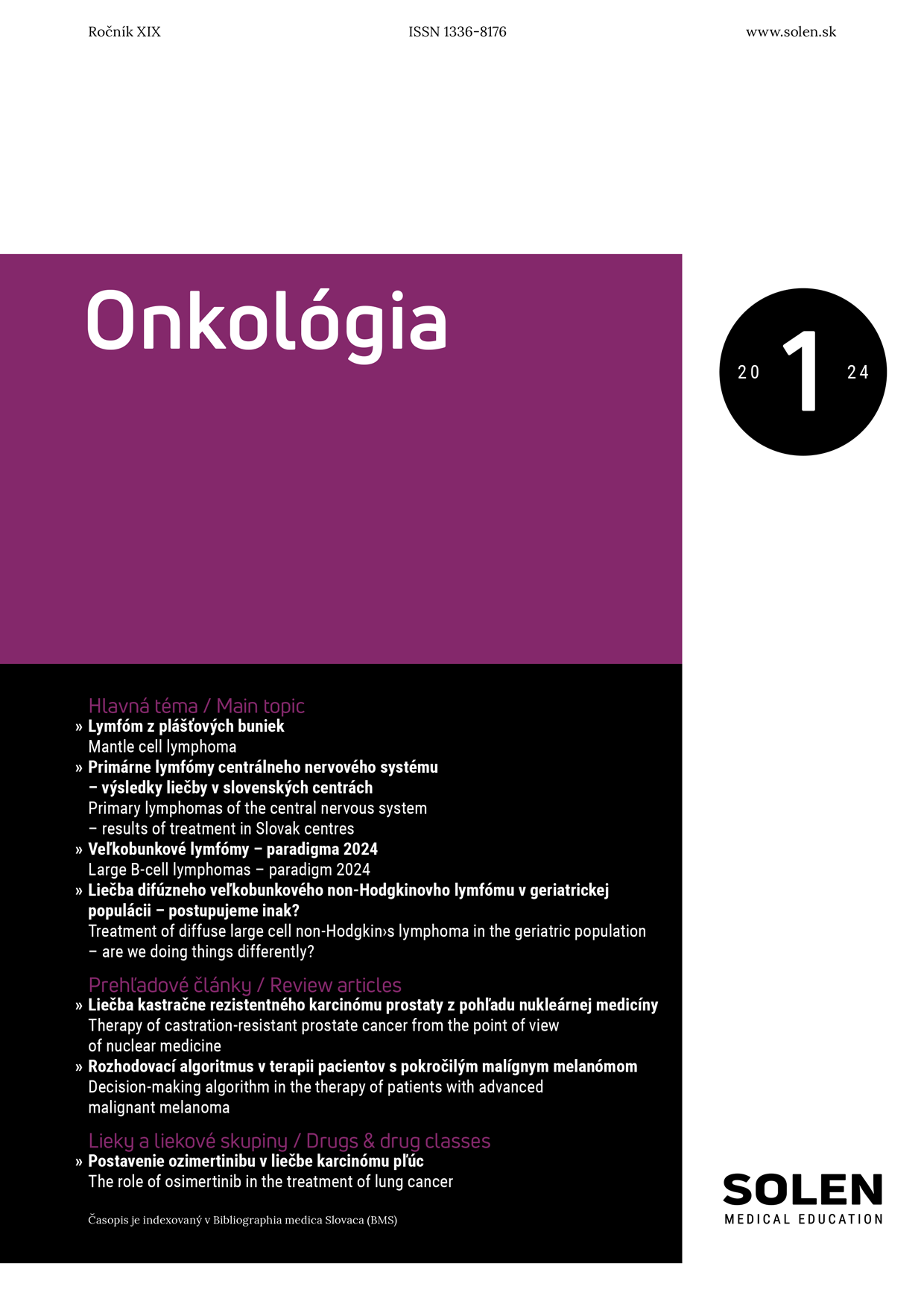
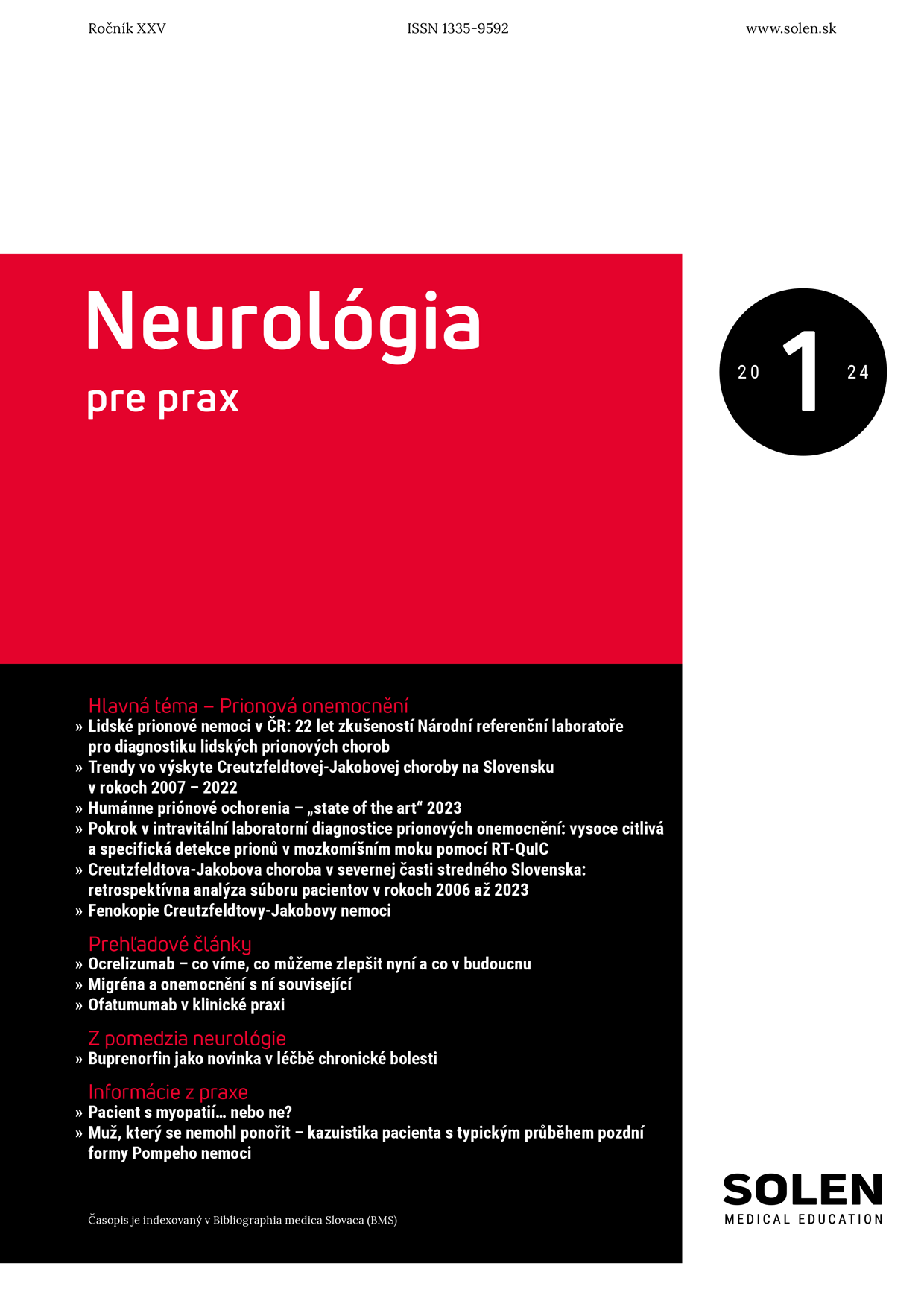
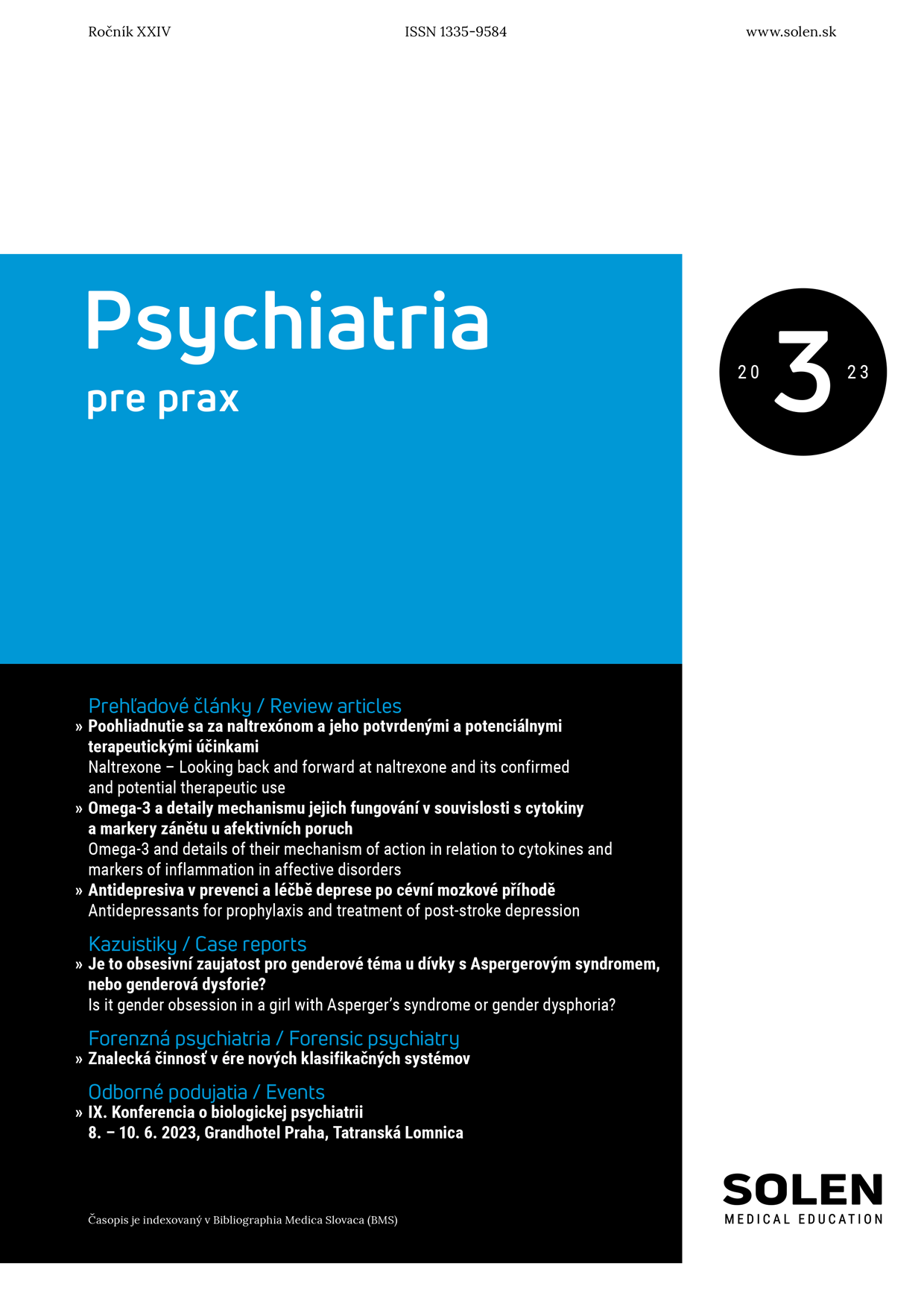
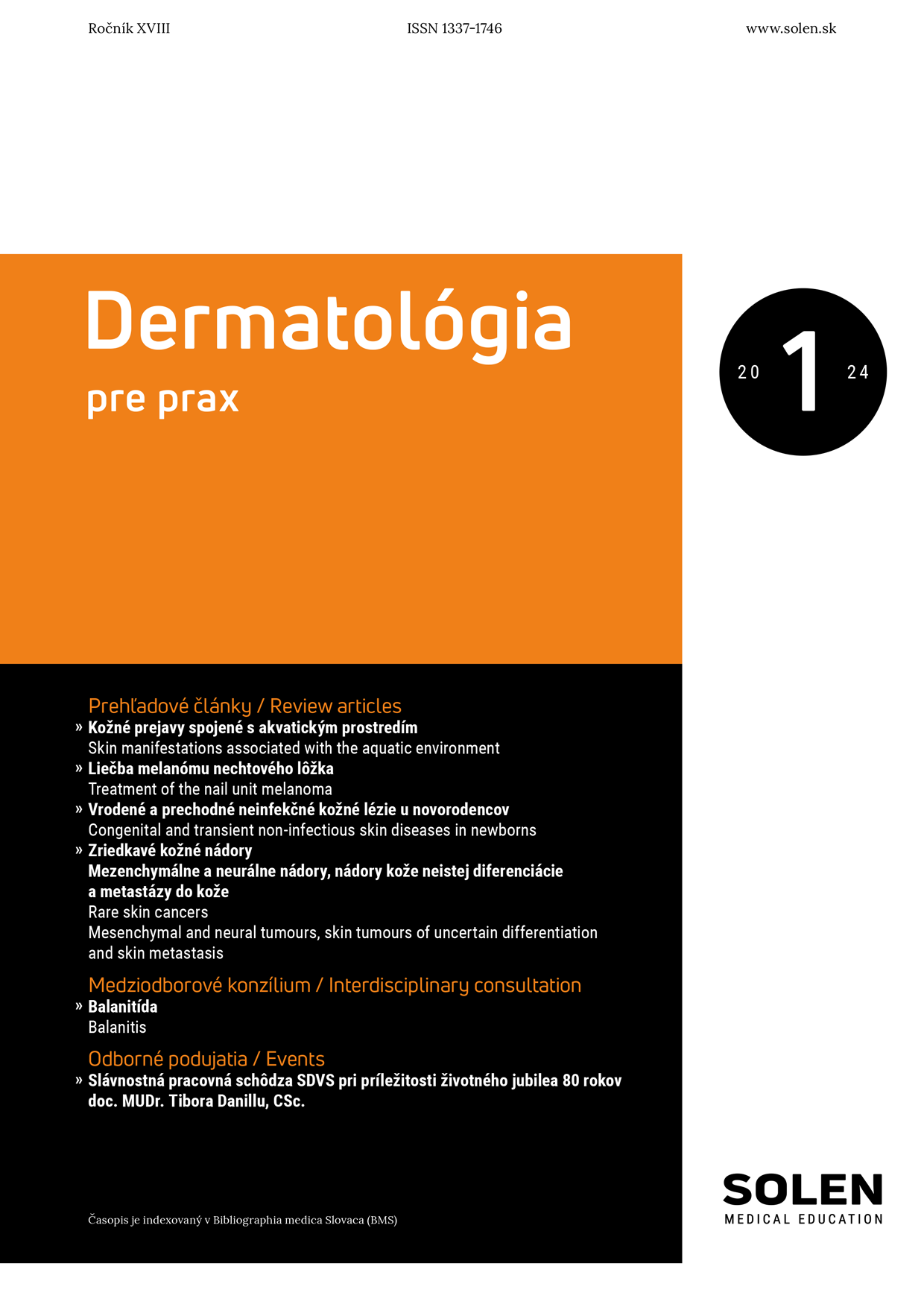
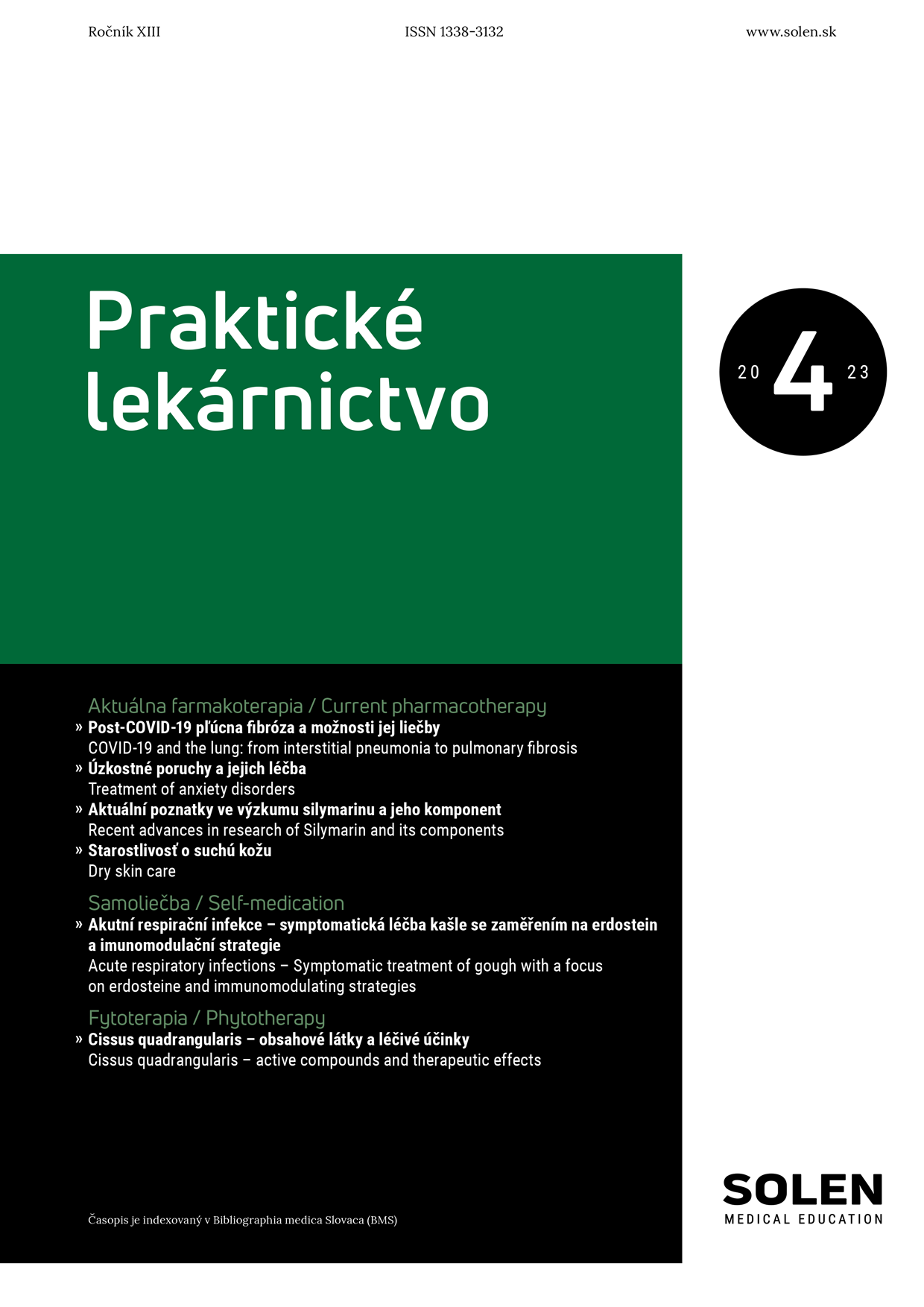
-1.png)
